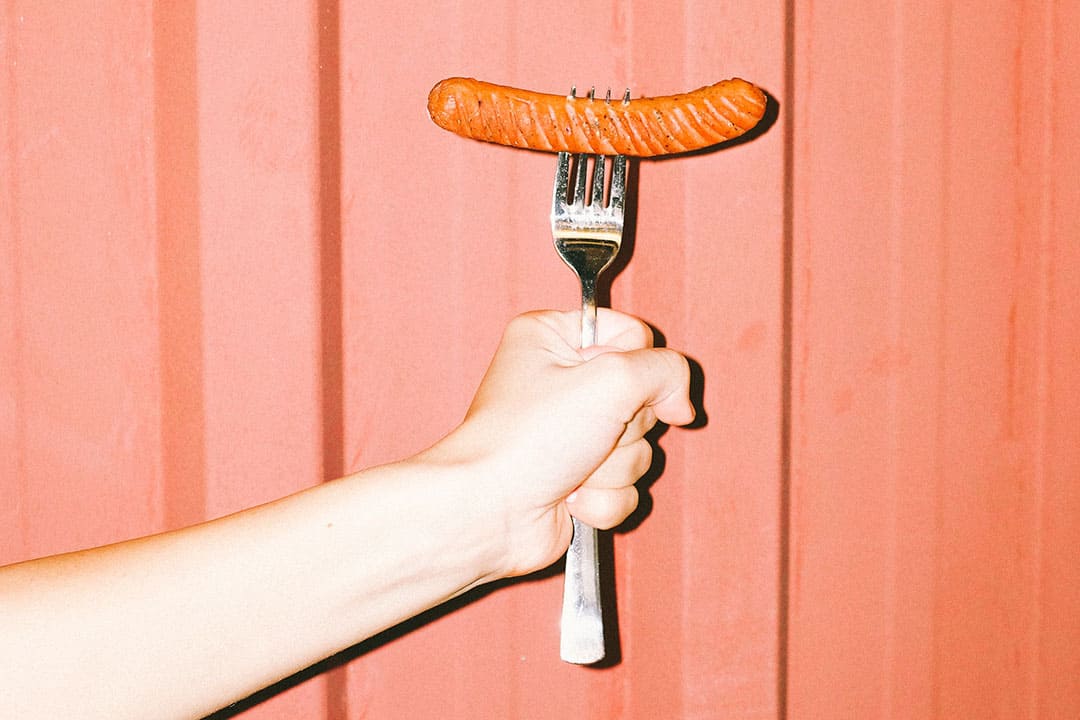As far back as I can remember, I’ve always noticed how food played a huge role in mob movies. We all love food because it’s tasty, but food in movies can be used to subtly foreshadow a future event, paint a picture of the current scene — or even just make you hungry.
This is best depicted in classic mob flicks, such as Goodfellas, the Godfather trilogy, and even the television series The Sopranos.
Goodfellas: Food to show decline
In the movie Goodfellas, I saw food as a narrative device that showed the decline of Henry Hill, the main character of the film. We follow Henry from the bottom of the game, to the top of the ranks of the mafia, all the way back down to ordinary life when he flips on his former pals in exchange for freedom. At the beginning of the film, Henry sees the mob as a way out of ‘ordinary life,’ which, to him, means normal things like waiting in line for bread at the bakery on Sundays. It’s a metaphor for the mafia being his ticket to a life of relative luxury.
Later in the film, we see Henry sentenced to 10 years in prison. That would be a nightmare for most, but for Henry, prison is nothing short of a blast. In an iconic scene, Henry discusses how he and his friends would have magnificent dinners every night in prison, including pasta with fresh sauce made by a peer and garlic cut so thin it would “liquify in the pan.” As the group eats, Henry is shown pulling out a bottle of wine and breaking bread behind the cement walls of jail. He may be behind bars, but that doesn’t mean he isn’t having a great time.
When Henry leaves prison, he makes a series of poor decisions regarding the trafficking of cocaine, which eventually leads to him having to rat out his peers to avoid further jail time. The movie ends with Henry talking about how can’t even order good pasta anymore. Instead, he just gets “egg noodles and ketchup,” a far cry from the luxurious dinners he had prior, and laments about his life as an ordinary nobody — exactly where he started.
The Godfather: Food to show death
The symbolism of food in The Godfather has often been analyzed. However, the presence of oranges as symbols of violence is particularly interesting. When Vito Corleone, The Godfather’s protagonist, is shown at the start of the film, he is purchasing oranges on the street. The oranges then spill across the road as Don Corleone stumbles toward his car, catching bullets from hitmen. During a meeting with the bosses of the five big crime families, oranges are placed near Tattaglia and Barzini, who have plotted against the protagonist’s family.
Tomatoes are also a key symbol in the film, especially during Vito’s death scene. Vito is retired and playing with his grandson in his garden, in front of a background that features tomato plants. He starts cutting an orange, and places the rind in his mouth to make faces at his grandson. Shortly afterwards, as the two chase each other around the backyard, Vito dies from a heart attack.
In this scene, the tomatoes represent a wealthy and powerful man returning to his peasant roots. It’s also suggested that Vito growing tomatoes symbolizes his preparation for the future, as his family will inherit his wealth after he’s passed. The presence of his grandson also represents future generations that he’s caring for, which is shown by the way they play around the tomato plants.
The Sopranos: Food to show disconnectedness
During the first few months of COVID-19, I decided to catch up on some shows I had always wanted to watch. My favourite of them ended up being The Sopranos. I’m not alone in this experience — many people I know became fans of the mid 2000s prestige drama during the pandemic.
Something I noticed throughout the series was the placement of food . It was subtly included in the background of many scenes that depicted conflict or a disconnection between characters and the real world.
For example, in season two, Tony Soprano — the main character — takes a business trip to Italy with his colleagues Paulie Gualtieri and Christopher Moltisanti. While there, we see Paulie — who, earlier in the series, talked about how American coffee shops were stealing from “real” Italians — comically refuse a plate of squid ink pasta. Instead, he asks for “macaroni and gravy.” The Italian waiter, unaware of what gravy means, comes to realize that he is asking for red tomato sauce after asking the Italian mobsters sitting in front of Paulie, who later mock Paulie’s request. This is an example of the incredible irony of The Sopranos: the character boldly proclaims his love for Italian invention, being disgusted at authentic Italian cuisine, and truly craves an Italian-American medley.
Another scene early in season two revolves around Tony’s daughter Meadow and her best friend Hunter. Both find themselves in hot water with their parents after throwing a party at Meadow’s grandmother’s home. While venting their frustrations about how strict their parents are, the angsty pair make a mess of Meadow’s kitchen, spilling hot chocolate mix and littering the stove with what appears to be french toast. I found it quite funny that these two talked about themselves like mature adults while making a mess of what could be called kids’ food.
All in all, it’s evident that food included in films is more symbolic than we think. So, when the holiday break rolls around and you settle in front of your television to consume some mafia-related content, maybe keep an eye — or a tongue — out for some food-related Easter eggs.


